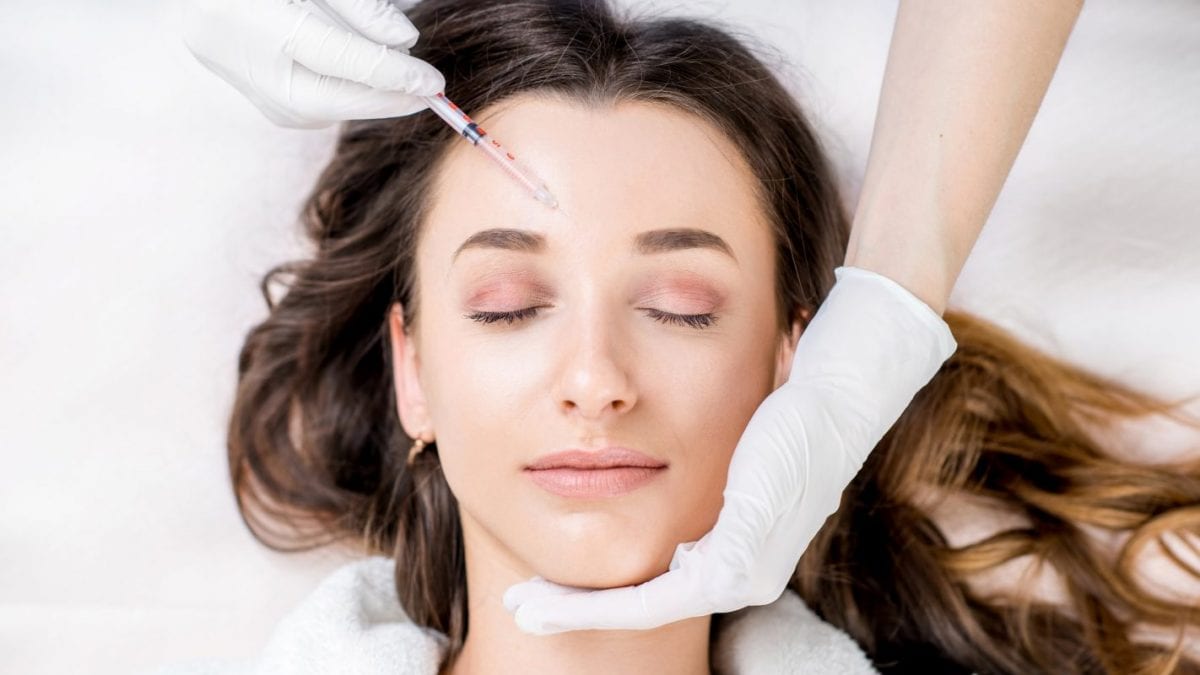While Botox is known to be used to help prevent and treat wrinkles, it also has other benefits that go beyond cosmetic and into improving your health. In fact, Botox can be used to stop excess sweating and even as a treatment for cerebral palsy. Dr. Craig Crippen recommends Botox as a migraine treatment. If you are a migraine sufferer, you should know whether Botox could be helpful to you.
What is Botox?
It is important to understand what Botox is before understanding how it could help with migraines. Botox is a neurotoxin that stops signals between your nerves and your muscles. The neurotoxin is injected into targeted areas to break the signal. For wrinkles, it prevents the muscles from contracting in the face, smoothing it out. For migraines, it blocks the nerve signal from causing you pain.
Migraines
Any migraine sufferer can tell you: a migraine is not a regular headache. Migraines cause a variety of symptoms that impair your ability to function normally. These include intense sensitivity to lights and sounds, tunnel vision, darkened vision, nausea, vomiting, and a pounding pain that impairs your ability to think and move with ease. The injections can be a good alternative to prescription medication that can have other side effects or might not even work to adequately handle the migraines.
How it Helps
Botox is not a permanent solution to migraines. It will wear off over the course of several months and needs to be repeated. The effects should last for three to four months before fading away. Once the pain signal is blocked from the nerve, the intense pain and symptoms from a migraine will be inhibited, allowing the sufferer to function normally.
The Procedure
The procedure for Botox injections is brief, taking up only 10 to 15 minutes. It can be performed on a lunch break and should not have much impact over your day. Where for wrinkles, Botox is placed in the targeted areas; it is placed in more locations for migraines. The injections are typically placed along the bridge of your nose, across your forehead, in your neck, along your temples, and can even be placed in your upper back. There can be up to 40 injections for the treatment of migraines, which is a lot more than you would get if you were getting the injections for cosmetic purposes.
Relief
Since Botox is a neurotoxin, it does not have an immediate effect. You will likely not notice any effects from the injections for about two weeks after the procedure. The nerves and muscles will need some time to relax and loosen up before the positive effects are noticeable. It is also possible that you will still feel the migraines, though the severity should be greatly decreased and pain should be dulled. The ultimate goal is to get you to the point where you can easily function throughout your day, without being impeded upon by a migraine.
Who Qualifies?
Even if you do experience debilitating headaches, you might not be able to receive Botox to treat them. Patients who receive the injections typically have a history of migraines and suffer with a migraine for at least half of the month. Whether you should have them to treat them will depend on your specific situation and condition. Your doctor should be able to help you determine whether you can get the injections to alleviate the pain.
You should also be aware that not all insurances are willing to pay for the use of Botox injections for migraines, even if it is a great option for you. The procedure can be costly, but the benefits are also great. You should also know that even if a doctor performs Botox injections for cosmetic reasons, he or she might not be experienced in how the injections work to treat migraines, since the results are more specific and the purpose is very different.








